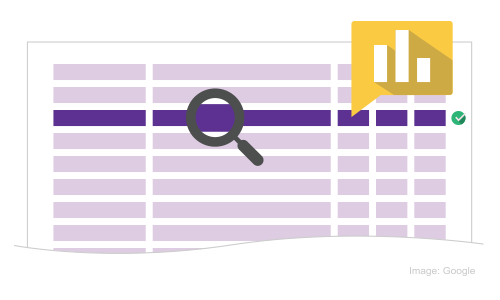5 Simple Things That Will Help Make Your Paid Advertising A Success
By Intern |25 Mar 2014
Recently, Fresh Egg’s paid search team carried out a Google AdWords paid advertising campaign overhaul for Wineware.co.uk, one of the leading wine accessory suppliers in the UK.
With some careful analysis, rigorous testing, and clever budget allocation, the campaign was transformed: a 4,814% increase in the number of conversions, a 660% increase in conversion value, and a 98% reduction in CPA.
Although each and every paid search campaign will be different, when you start building a PPC account from scratch, there are a number of factors to take into account that will define future performance.
In this blog post, I talk you through the five things that are vitally important to get right from the beginning in order to help make your paid campaigns a success.
1. Find the right products to advertise and do your research

This is the most important stage of all. Within AdWords, there is a tool called Keyword Planner. Use it to identify keyword volumes and forecast clicks, conversions and potential ROI. This will give you a nice picture of possible performance, helping you to analyse whether paid search is the best channel for your products or if you are better off investing your budget somewhere else.
2. Make your advertising as relevant as possible
The key to effective paid advertising is to make it as relevant to what people are searching for as possible. This is done by finding and generating appropriate ad groups, and creating appropriate ad copy.
Keywords and ad groups
Once you have found the best possible set of keywords, make sure you group them by relevancy and, based on that set, create appropriate ad groups. The more relevant your chosen keywords are to themselves, and to the ad group and the landing page to which you are directing traffic, the higher the Quality Score. The higher the Quality Score, the lower the cost is going to be. Make sure you select the right match type for the keywords (broad, phrase, or exact), as that will define the volume of searches. It’s also important to make sure you add negative keywords to increase relevancy even further and avoid wastage.
Ad copy
Paid search is all about being highly relevant, which is why choosing the right ad message is essential. Ads need to have catchy call to actions and mention what makes your product or service unique and different from the competition to increase the likelihood of being clicked. But most of all, the ad needs to be relevant to the set of keywords it relates to and to the landing page it is leading the user to.
3. Expand onto PLAs if possible
Once the basics are done, it’s important not to rest on your laurels. Going bigger is the only goal that has to be in your mind, and Product Listing Ads (PLAs) are often the way to go. While not all businesses are able to utilise PLAs - your business must sell physical products and have a Merchant Center to link to AdWords to be able to appear in the results - those who are able to may find these an extremely effective paid search tactic.

To ensure your PLAs are effective, first you need to make sure you have a Google-proof product feed to avoid being penalised (Google Merchant Help Center is quite useful for this).
When you have PLAs running, test the relationship between these and other PPC ads. On the one hand they might be helping each other to drive a better performance overall, but on the other it might be that PLAs performs better than other paid ads. If this is the case, don’t panic! It may be that the right thing to do for the account, particularly if your visibility is limited by a strict budget, is to turn off the ‘normal’ ads and run only PLAs. We’ve done it for one of our clients (the case study we mentioned earlier) and the results were overwhelming. Overachieving targets for our clients make us really happy.
4. Observe, test and optimise
Just because you create a highly targeted account, it doesn’t mean that it is going to perform brilliantly on its own. If that was the case, our job would be very easy! To aid ongoing success, you need to:
Observe from the beginning
After creating the account, make sure it runs for a sufficient amount of time before making any changes. This will help you gather enough data and find performance patterns where possible.
Test everything you can
Do A/B tests on ad copy, on landing pages, on keyword matching, on ad position, on PLAs vs PPC… There are lots of different experiments that will give you insights into improving account performance. Use them!
Optimise
All of that observing, all of that testing, and all of that analysing will help you find areas of improvement. Make sure you optimise accordingly.
5. Measure everything
This goes without saying for paid search, but it is surprising how often it goes wrong: keep an eye on costs and ROI. Make sure your account doesn’t have a high level of wastage (keywords that don’t drive conversions or assist any during a predefined period of time), and that duplicate keywords are not unnecessarily increasing costs. It’s also important to define a target CPA and stick to it to provide a cost effective performance… and always optimise towards it.
Looking for help with your PPC campaigns? Get in touch with Fresh Egg’s paid search experts today.